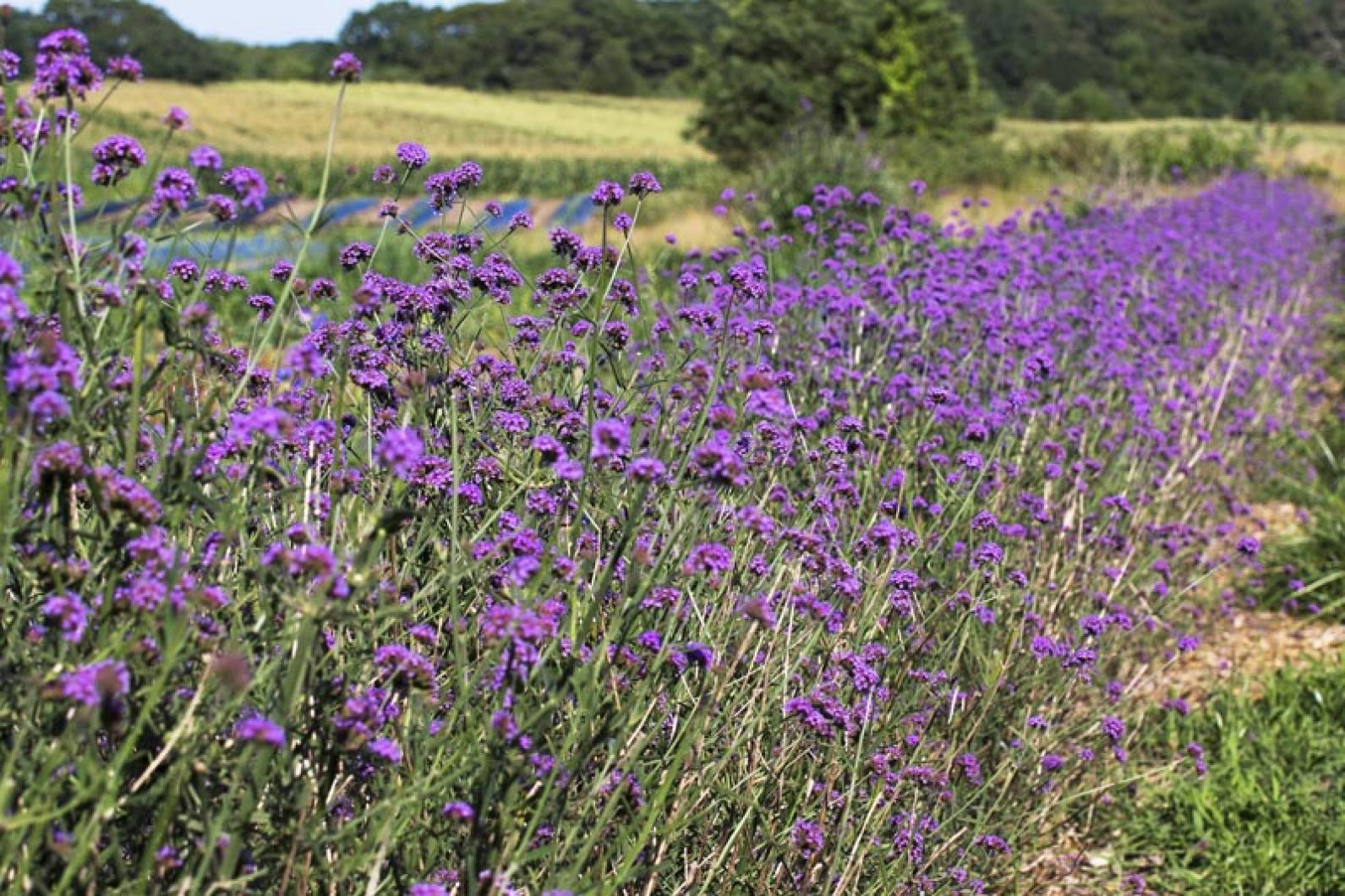Lynne Irons has traveled to Italy as a chaperone on her granddaughter’s eighth grade class trip. She will be gone for two weeks — pasta, the Italian countryside and managing a group of teenagers abroad replacing her usual garden haunts — and so for these two weeks the Gazette will publish a previous column written by Ms. Irons. Here is the first column she wrote for the paper on February 2, 2007.
Here I go — about to take that proverbial plunge into a whole new world. I must admit I am much more adept with the spoken word without all that pesky punctuation, rules of grammar and the complete inability to make the pen keep up with my wandering mind. So do bear with me.
I grew up in rural western Pennsylvania, where Mom and Dad still live. He makes maple syrup in the late winter in a homemade 50-gallon container. She makes and cans a killer hot sauce as well as tomatoes and applesauce from our own tree. Grandpa Bill milked the cows and grandma Kate picked blackberries up on the hill to make outrageous pies. Great-grandmother (Mum) was the gardener, so I’m told.
I didn’t pay too much attention to any of that. When I moved to the Vineyard in 1970, about to have a baby, I thought it time to get back to my roots and I had no idea where to start. The back to the land hippie movement was in full swing. My first garden in a little summer rental was pretty sad when I look back on it — rows of lettuce and radish flowers, pumpkins in long furrows one inch apart, and those hideous green caterpillars keeping me away from the tomatoes.
Something happened spiritually, however. I was hooked and like the little pit bull I can be, I hung in there. I devoured seed catalogs that first winter and made expensive errors in judgment — for years, really. I still know very little about the natural world but have been blessed with a desire to learn about growing things for beauty and for food. Hopefully I can pass along some of the knowledge I’ve acquired in the past four decades.
Since this is my first column, I’ll start with what I have been up to lately. What wonderful weather! Hardly a taste of winter. Anyway, there is no bad weather, only inappropriate clothing.
There are still beets, leeks and kale in the garden and, wow, did I ever blow it in August by not planting a full-on fall garden. I could have carrots, collards, mesclun greens, celery root, turnips, parsnips and rutabaga all under Reemay today. Oh, well — there is always next year.
Meanwhile, don’t you just love this time of year? There are dozens of seed catalogs arriving, no bugs, no weeds and the hope of another season. This year I’ll stake the peas, mulch early on, plant at two-week intervals, try again and for once succeed at growing celery, spray Dipel on those cabbage worms while the plant is still recognizable, fertilize with liquid fish and seaweed weekly, and pick for the table in the early morning.
Who am I kidding? Is this the same woman who spends an entire day canning tomatoes only to send out for pizza?
In the border, I am probably ahead of myself (or behind) but the weather has kept me outside, with the exception of last Friday. I have been working feverishly on hydrangeas. The paniculata, including tardiva and grandiflora (peegee), bloom on new growth so don’t be shy in your pruning. I do, however, refrain from using the words hack and whack in reference to pruning. Also blooming on new growth is the category arborescens of which Annabelle is probably the most popular. I must confess I cut them down to about a foot tall this year. I will let you know if they live.
As far as the macrophylla or big leaf hydrangeas, I am one of the baffled ones. I almost always lose my patience with them. They tend to look ghastly in the spring when the beautiful new growth (next year’s bloom) starts and the dead-looking sticks above just beg to be cut. Resist the temptation if you want blooms.
I do get into the center and wiggle the sticks around to see what is dead and comes loose. Be very careful of your eyes as you reach in (you know what your mother would say). Sometimes if I want some new plants, I will put a rock on some stems so they will root themselves in a year or so.
This year I am using garden sulfur instead of aluminum sulfate to assure deep blue color. It seems so much easier — just a dry teaspoon around each plant instead of the mixture in a watering can. As you know, hydrangeas love acidic soil, so they could use some pro-holly or holly tone for fertilizer.
Next time I plan to talk about simple greenhouse and cold frame culture for growing some of our food year-round — what with global climate change and all — one less gallon of gas to bring that produce to the table instead of growing it in California or Guatemala.




Comments (2)
Comments
Comment policy »